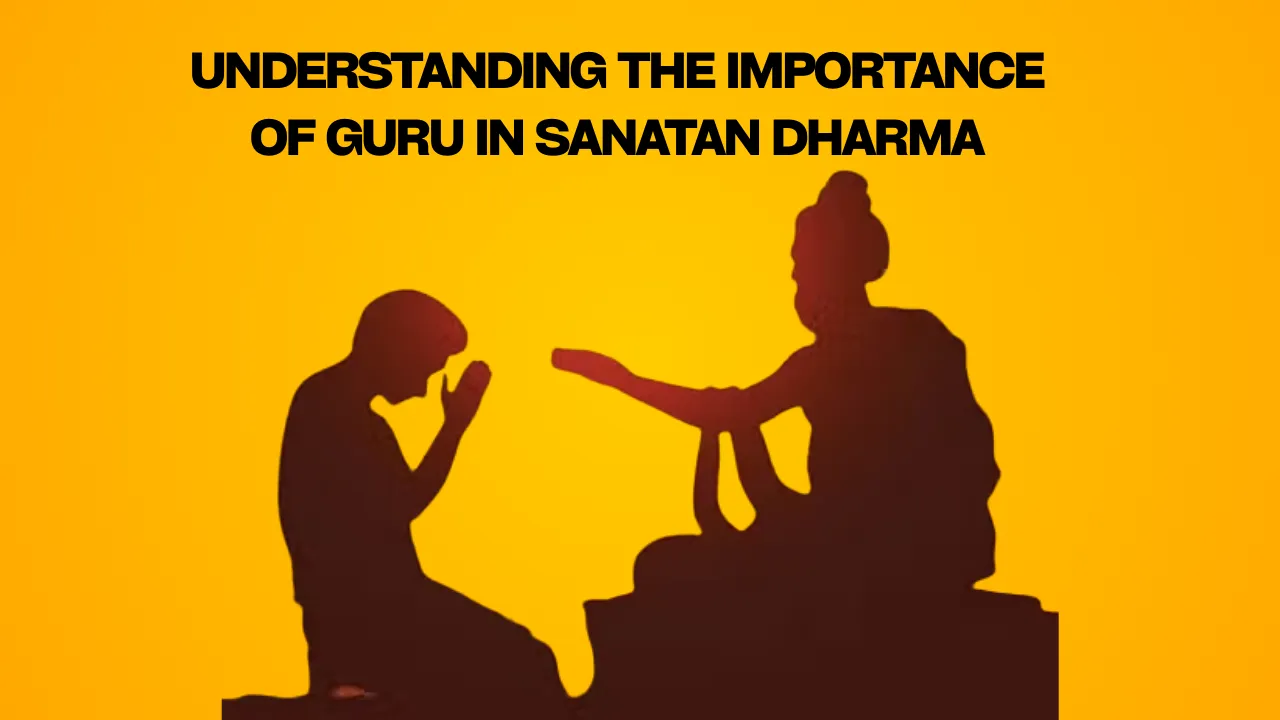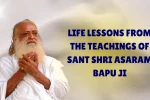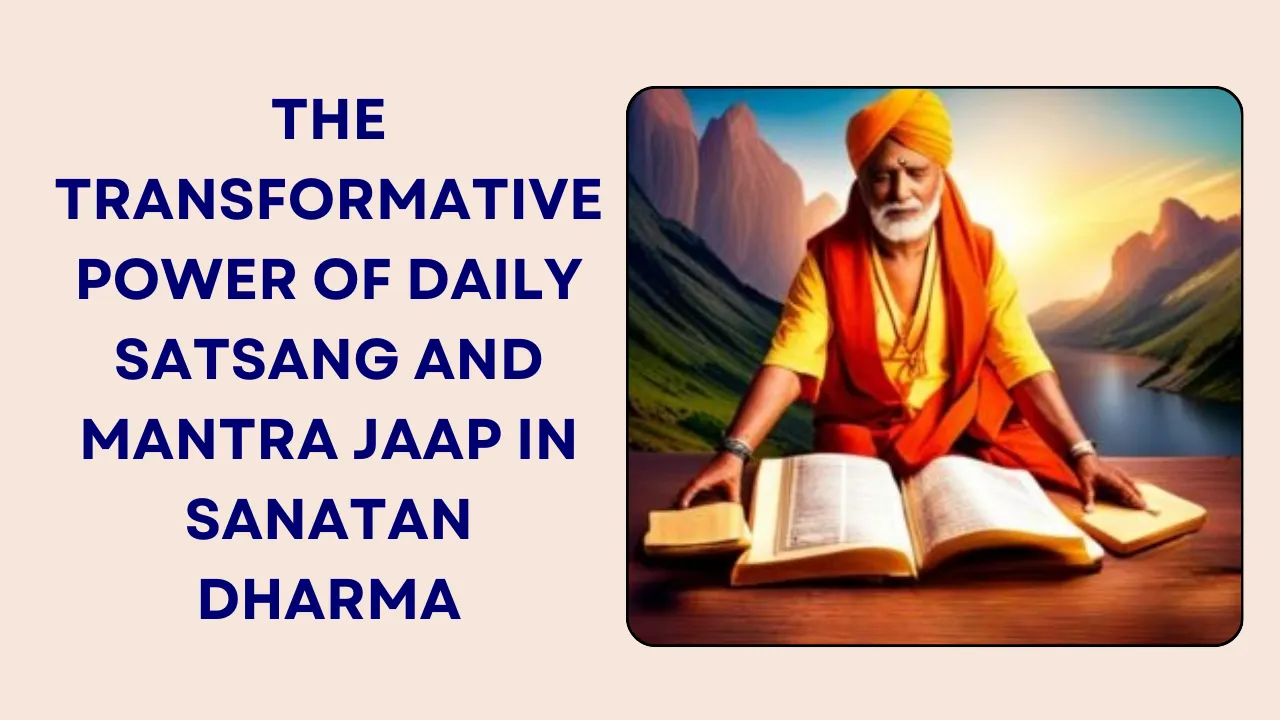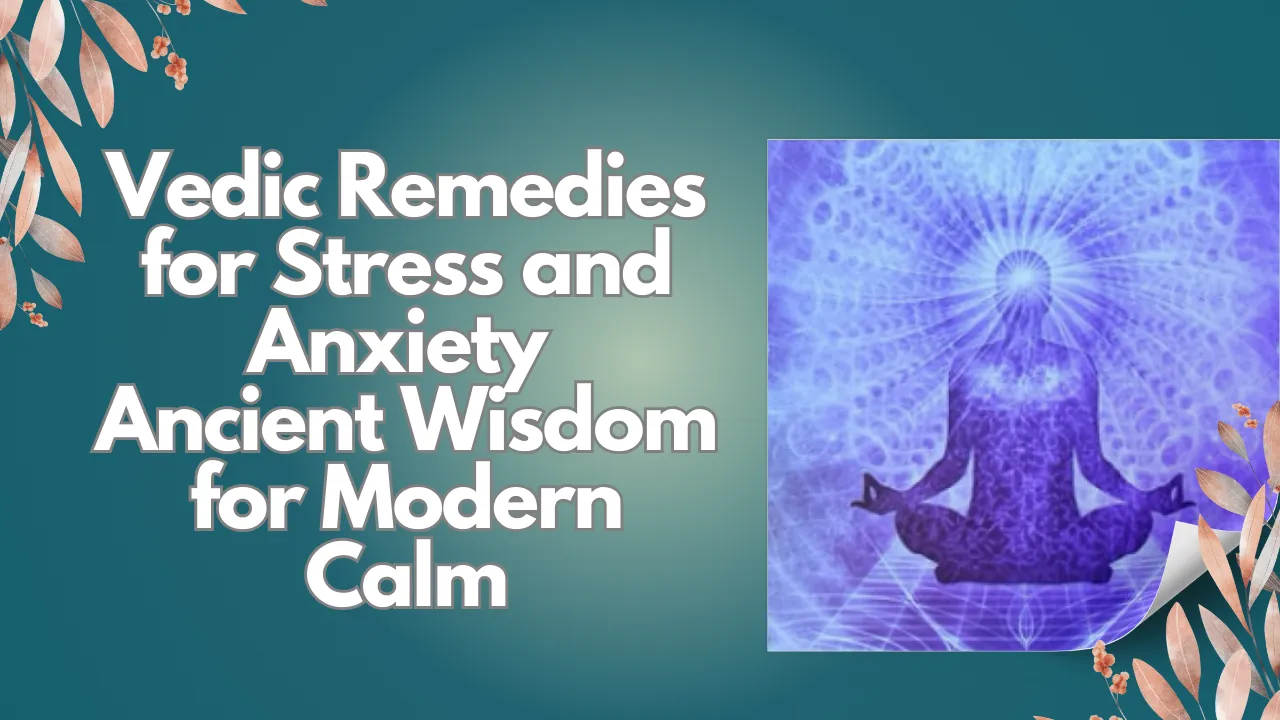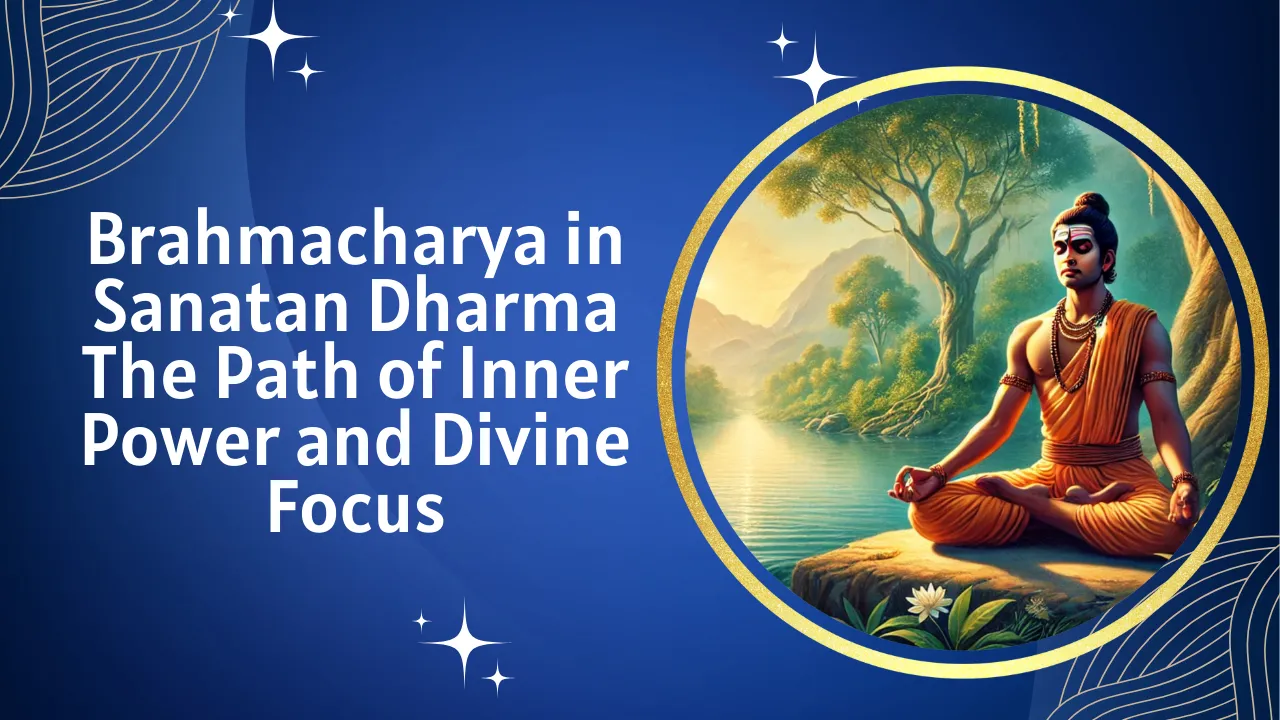Importance of Guru in Sanatan Dharma: In the rich spiritual heritage of India, few roles are held in as much reverence as that of the Guru. In Sanatan Dharma, the eternal tradition, the Guru is not merely a teacher or scholar but a divine guide—a beacon who lights the way in the journey of self-discovery.
The importance of Guru in Sanatan Dharma is deeply rooted in a belief that true wisdom cannot be found in books alone. It must be lived, experienced, and transmitted heart to heart. In a world clouded with illusion and distraction, the Guru appears like a lighthouse in the fog, leading seekers safely to the shore of truth.
Importance of Guru in Sanatan Dharma – Overview Table
| Aspect | Description |
| Meaning of ‘Guru’ | Sanskrit origin: “Gu” = darkness, “Ru” = remover of darkness |
| Role | Dispel ignorance and guide towards truth and liberation |
| Personal Mentor | Offers practical spiritual guidance, not just scriptural instruction |
| Knowledge Transfer | Custodian of sacred wisdom via guru-shishya parampara |
| Diksha (Initiation) | Formal entry into spiritual discipline through mantra and practice |
| Embodiment of Dharma | Lives an ideal life of compassion, devotion, and discipline |
| Bridge to the Divine | Seen as an intermediary or even an embodiment of God in many traditions |
| Guide to Moksha | Aims to lead the seeker to liberation from birth and death |
| Preserver of Tradition | Protects and transmits spiritual knowledge across generations |
The One Who Dispels Darkness
The word “Guru” is more than a title; it is a definition of purpose. Derived from Sanskrit, “Gu” stands for darkness and “Ru” for remover—together, the one who dispels darkness. In the language of Sanatan Dharma, that darkness is ignorance. Not simply a lack of facts, but a misunderstanding of the Self and of reality itself.
In today’s fast-paced, information-heavy world, knowledge is often confused with wisdom. The Guru helps untangle this, leading the seeker inward to discover the truths buried beneath ego and illusion. Without this clarity, the soul continues its endless wandering, life after life, trapped in the cycle of birth and death.
The Spiritual Mentor You Didn’t Know You Needed
A Guru is not a preacher. Nor is he or she merely a teacher of scriptures. A Guru is someone who has walked the very path the seeker now embarks upon. They are a spiritual mentor, tuned into the soul of the disciple, guiding not just with lessons but with lived experience.
In the silence between words, in a glance, or in a moment of discipline or compassion, the Guru teaches in ways that transcend the intellect. Unlike academic teachers, a Guru’s guidance is tailored, knowing when a disciple needs encouragement and when they need challenge. It is a relationship built on trust, surrender, and transformation.
Knowledge Passed Through Generations
Sanatan Dharma thrives not just on sacred texts, but on a living tradition—the guru-shishya parampara. This ancient lineage of master and student has kept spiritual wisdom alive for thousands of years. From the Vedic sages to modern-day saints, Gurus have been the vessels of divine knowledge.
What makes this knowledge unique is that it isn’t only spoken—it is transmitted. The disciple learns not just through words but by absorbing the energy, the state of being of the Guru. It is said that a moment in the presence of a true Guru can change what years of study cannot.
Diksha: The Sacred Bond of Initiation
One of the most transformative moments in a disciple’s life is receiving Diksha, or initiation. This is not a mere ceremony—it is a sacred contract between the soul of the seeker and the soul of the Guru.
Through Diksha, the Guru may offer a mantra, a sacred sound vibration, and prescribe specific practices tailored to the seeker’s spiritual needs. It marks a turning point, where the disciple takes their first conscious step toward liberation, with the Guru as their compass.
A Life Worth Following
The Guru is more than someone who teaches spiritual values—they live them. Through humility, compassion, discipline, and unwavering devotion, a Guru becomes a role model for aspirants. Their life becomes a walking scripture, offering lessons not just in words but in action.
Witnessing a Guru’s selflessness, patience, and joy can ignite a desire in the disciple to embody the same virtues. In Sanatan Dharma, the Guru doesn’t merely show the path—they walk it ahead of you, clearing obstacles and lighting the way.
Divine Connection: The Guru as the Bridge
In many traditions of Sanatan Dharma, the Guru is regarded as not just a guide but a link to the Divine. Some scriptures even proclaim: Guru Brahma, Guru Vishnu, Guru Devo Maheshwara…, equating the Guru to the very gods who create, sustain, and dissolve the universe.
This is not hyperbole but spiritual reverence. The Guru becomes the visible face of the invisible God, the voice of the voiceless Divine. Through the Guru’s grace, the disciple may experience spiritual awakening that would otherwise remain out of reach.
The Path to Liberation
The ultimate purpose of the Guru’s presence is to help the disciple attain Moksha—freedom from the endless loop of birth, death, and rebirth. This is the highest goal in Sanatan Dharma, and the journey toward it is often too subtle and complex to navigate alone.
With a Guru’s help, the disciple is guided through meditative practices, self-inquiry, and righteous living. They are shown how to purify their karma, control the mind, and dissolve the ego. Eventually, this leads to the realization of one’s true nature—pure consciousness, eternal and free.
Protectors of a Timeless Tradition
In a rapidly changing world, where traditions risk fading into obscurity, Gurus stand as guardians of spiritual heritage. They are the protectors of ancient truths, ensuring that the flame of Sanatan Dharma is passed on—not diluted, not forgotten.
Through discourses, ashrams, digital platforms, and pilgrimages, today’s Gurus adapt to the times while staying rooted in eternal wisdom. They carry the past into the future, making ancient wisdom accessible to modern minds.
Conclusion: A Journey Best Walked with a Guide
The importance of Guru in Sanatan Dharma goes beyond philosophy—it is deeply practical, deeply personal. In the maze of life, with its distractions and pitfalls, having a realized guide is not just helpful—it is essential.
To walk the spiritual path alone is possible but incredibly difficult. With a Guru, the journey becomes clearer, richer, and filled with grace. The disciple is not just taught—they are transformed. In Sanatan Dharma, to find a Guru is to find the mirror that reflects your highest self, your true essence.
